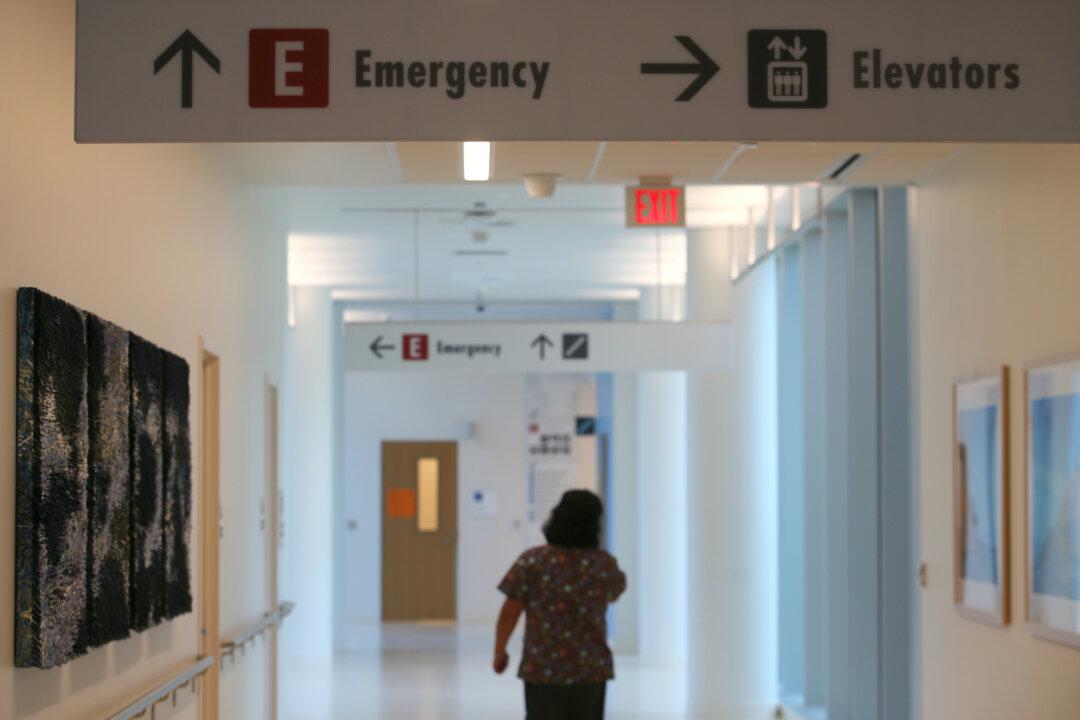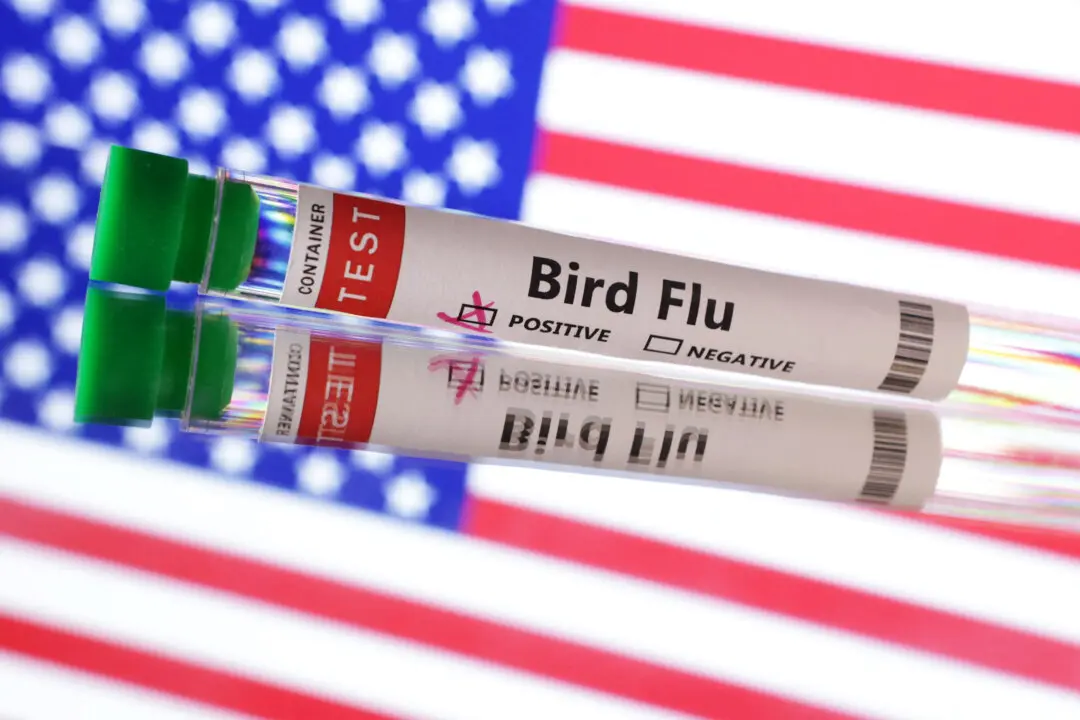WASHINGTON—U.S. consumer spending increased by the most in six months in July as Americans bought more goods and services, but slowing monthly inflation rates cemented expectations that the Federal Reserve would keep interest rates unchanged next month.
The report from the Commerce Department on Thursday, together with other data showing an unexpected decline in first-time applications for unemployment benefits last week, further diminished the risks of a recession this year.





